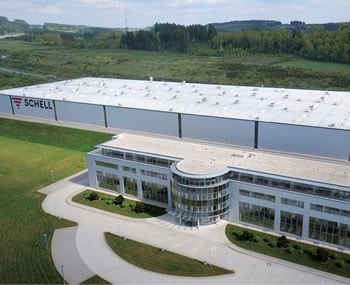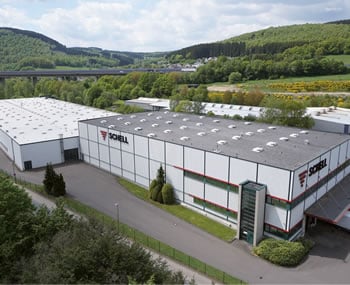Water management: drinking water hygiene and saving water – the perfect match
4-minute read
“A drinking water installation offering long-term hygiene that protects user health is certainly an invaluable asset. It is no accident that regulations here are especially strict, and non-compliance here can have serious consequences.” In this post, Guido Wurm, Digital Product Manager at SCHELL, outlines the most important steps that need to be taken to implement a hygienic and cost-effective drinking water installation for semi-public and public sanitary facilities. The basic building blocks for the responsible and safe handling of drinking water include automated stagnation flushes, keeping pipe dimensions as small as possible and choosing economical, electronic fittings. Maintaining drinking water hygiene (economically) in larger-scale facilities is easy with the SCHELL SWS Water Management System.
Water savings of up to 70 percent with contactless taps
Contactless taps are the first step towards achieving an improved level of protection for drinking water hygiene and for saving water in (semi-)public sanitary facilities. The sensor in the taps activates the flow of water only when hands are within the sensor range. This ensures that water exits the tap only when it is really needed and not while hands are being soaped up, for example. The flow time for the tap can also be limited, which helps to avoid wasting water. So electronic, contactless taps from SCHELL are an improvement over conventional single-lever mixers, because they can cut water consumption by up to 70 percent.

Contactless taps from SCHELL can cut water consumption by up to 70 percent when compared with conventional single-lever mixers.
Reducing water consumption with automated stagnation flushes
Electronic taps and fittings can perform stagnation flushes at set intervals or within a specified period of time after the last flush, thereby helping to ensure that drinking water quality is maintained. An automatic exchange of water can therefore be performed during periods of non-use.
The operating company can use pipe dimensions to calculate the volume of water required and adjust the flush period accordingly. Water consumption is much less than is commonly assumed: typically, this will only be a fraction of ‘normal’ consumption – since the volume of water required only needs to be enough to maintain drinking water hygiene.

Sample calculations for low water consumption with stagnation flushes.
Harmonising hygiene and water savings with water management
In buildings with high-concurrency use of taps and fittings, and correspondingly large pipe dimensions, individual stagnation flushes triggered via electronic fittings are typically inadequate, since these individual flushes do not achieve the flow velocity needed in the piping system. A manual handling of the full exchange of water required means that all fittings would have to be opened sequentially, one after the other. A concurrent flush would then be achieved only when water flows through all fittings. This requires a high level of water consumption as well as cyclic personnel deployment. A much more efficient and more economical approach to this kind of ‘grouped flush’ for fittings – while also cutting the facility manager’s workload – involves automating the process with a solution like the SCHELL SWS Water Management System.

SCHELL SWS ensures that a drinking water installation can be operated both hygienically and economically.
Long-term maintenance of drinking water quality with SCHELL solutions
Stagnation flushes prevent the excessive spread of harmful bacteria and therefore the contamination of a drinking water installation. Once properly set up, the SCHELL SWS Water Management System executes programmed stagnation flushes while minimising water consumption. This saves a significant amount of water compared with manual approaches. The system also generates a log of all stagnation flushes automatically, so this does not need to be completed as a time-consuming task afterwards. The water management system also offers several other advantages. A leak protection fitting can be integrated, for example: this acts to shut off the entire drinking water installation at configurable times. The SMART.SWS online service is an add-on that lets system users configure all of the SWS settings from wherever they are in the world. If usage patterns change, stagnation flushes and fitting parameters can be modified, ensuring an optimum approach to maintaining drinking water quality, while keeping water consumption as low as possible.

![[Translate to English:] [Translate to English:]](/fileadmin/_processed_/1/b/csm_symstemloesungen_e2_thumb_6bca267f26.jpg)
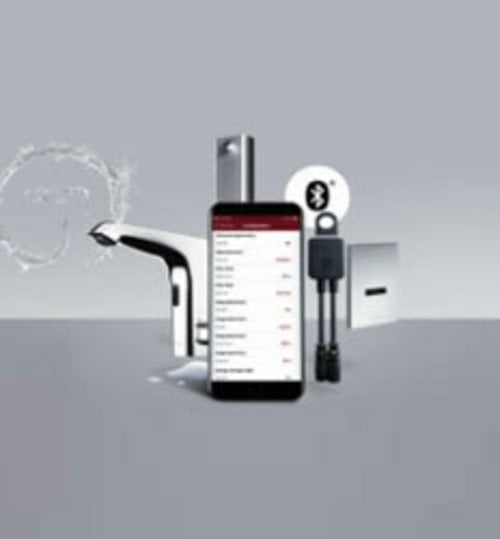
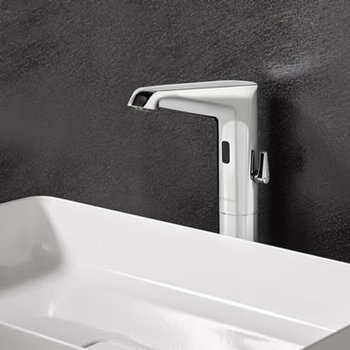
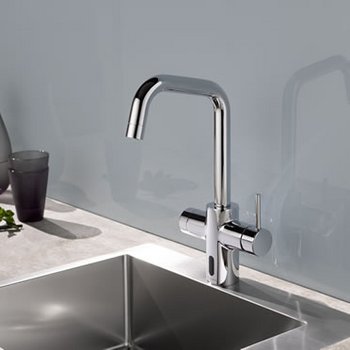
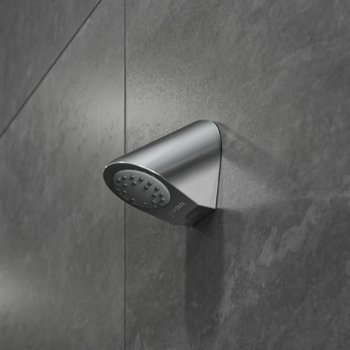
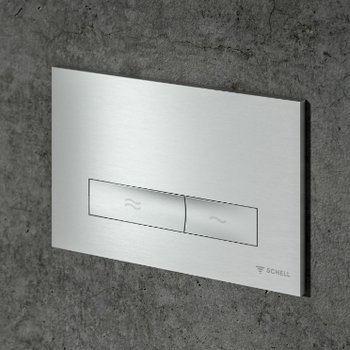
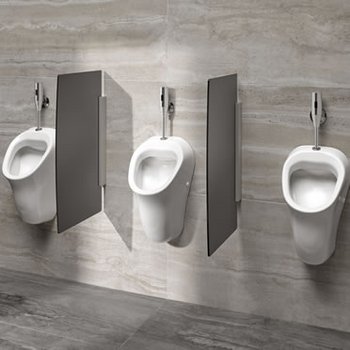
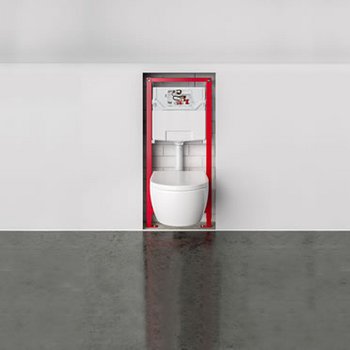
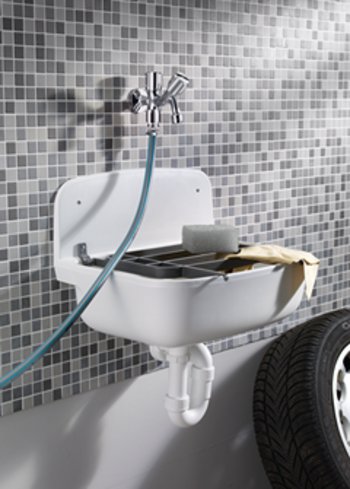
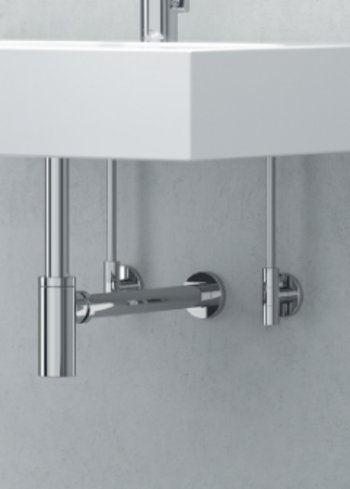
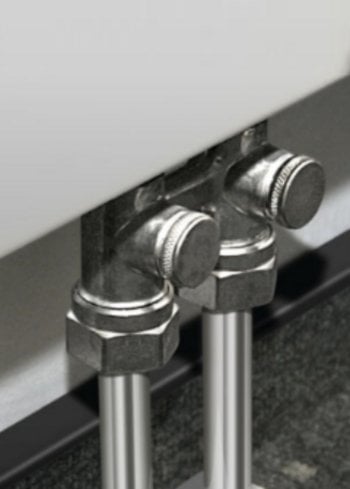
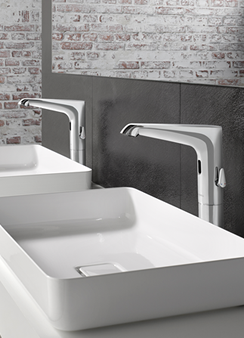
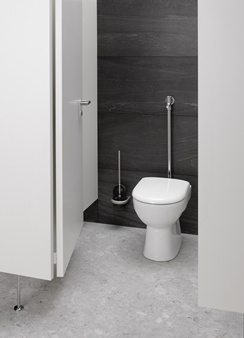
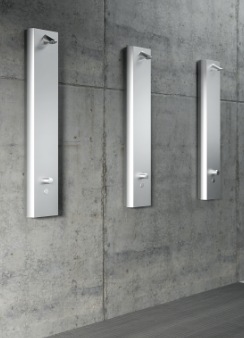
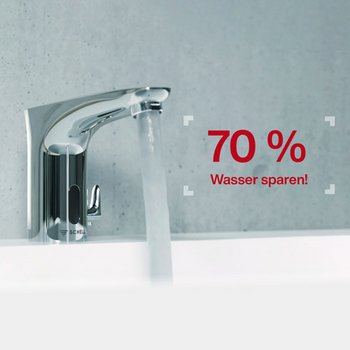
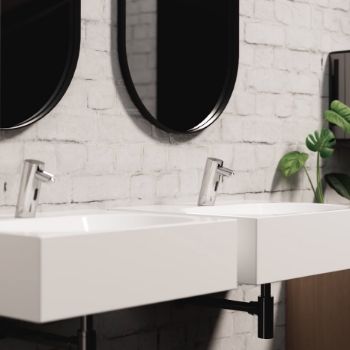


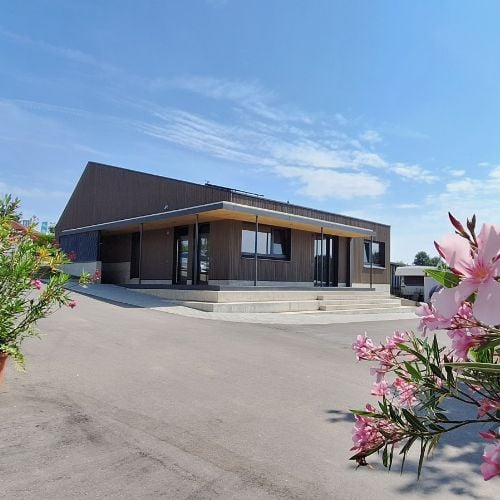

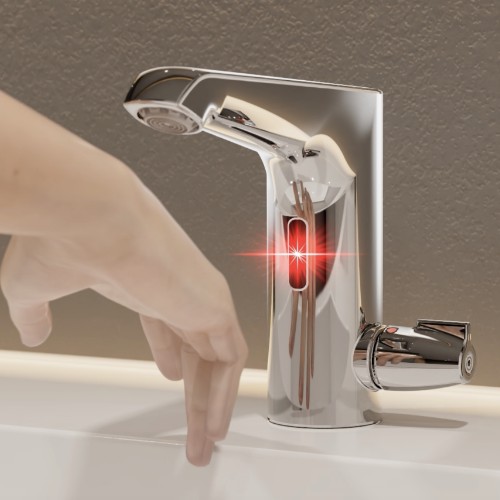
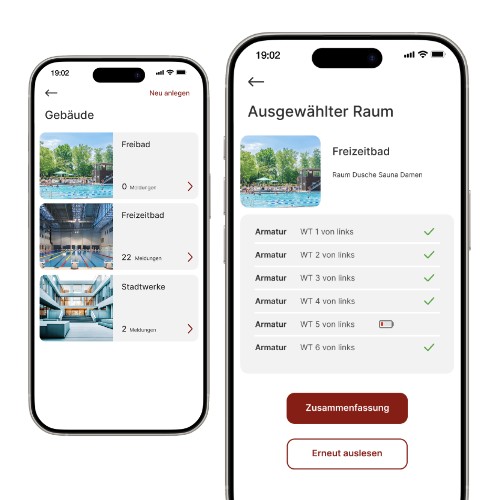
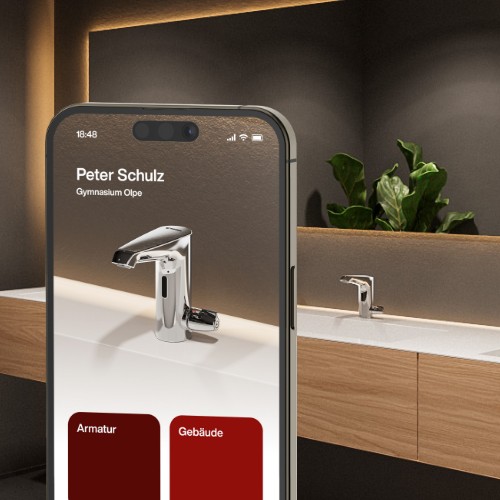
![[Translate to English:] [Translate to English:]](/fileadmin/user_upload/images/menu/menu_service_downloads_broschueren.jpg)
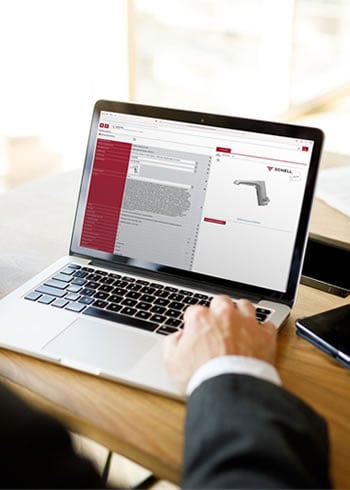



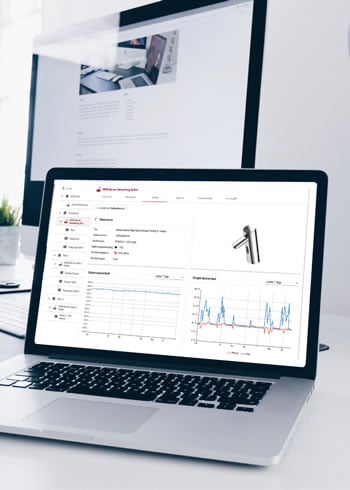


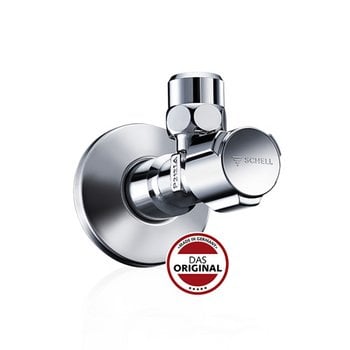
![[Translate to English:] [Translate to English:]](/fileadmin/_processed_/7/7/csm_menu_unternehmen_ueber-schell_awards_f6cec25b1d.jpg)
![[Translate to English:] [Translate to English:]](/fileadmin/_processed_/a/0/csm_menu_unternehmen_ueber-schell_wasser-sparen_41036d2dd9.jpg)


